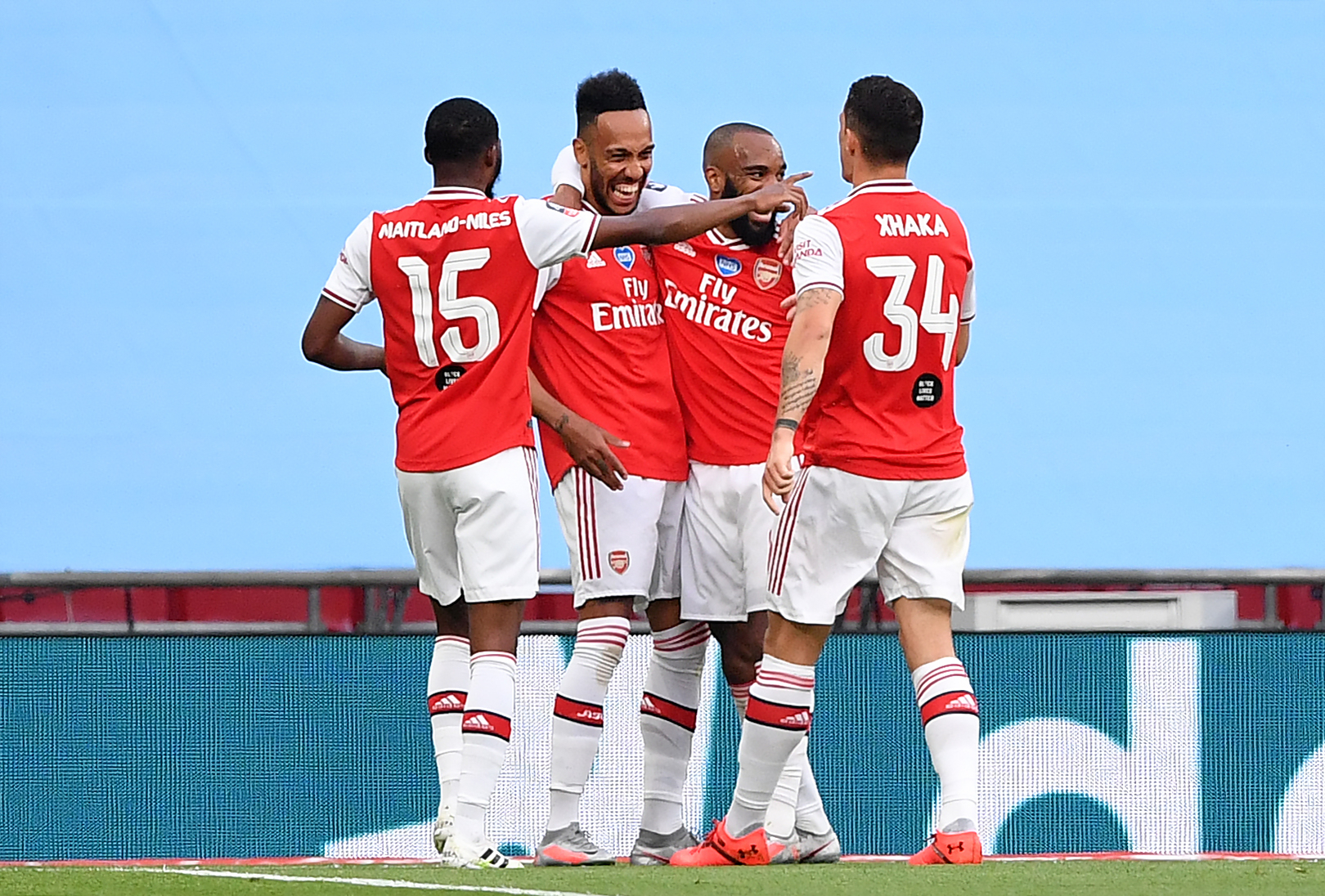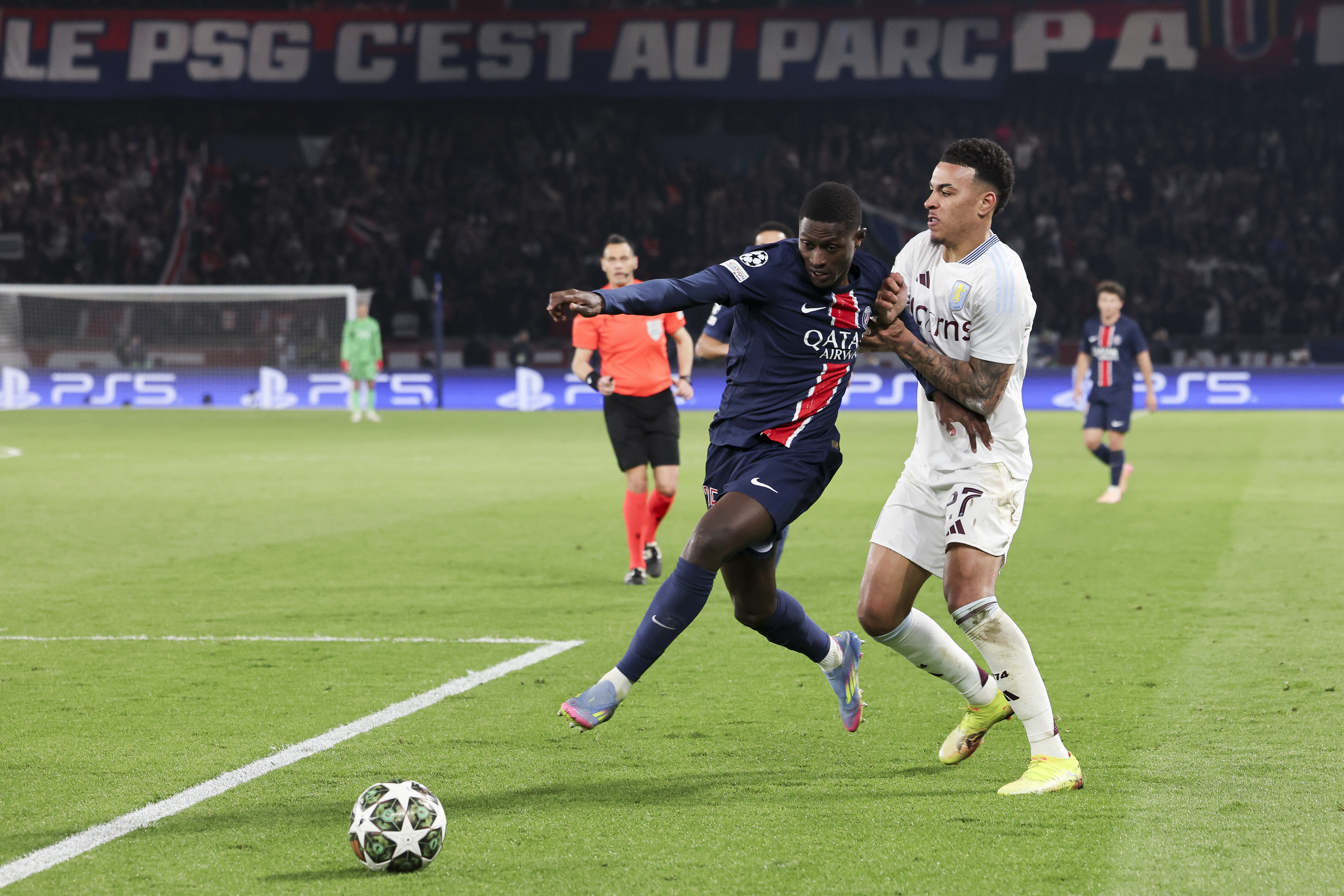Deconstructing the 'Arteta Goal' – Arsenal's secret weapon that can stun Liverpool
Arsenal boss Mikel Arteta has given his side a way to beat opposition press through possession-based counter-attacks in a way that has already punished Premier League rivals

There was a hint of a smile on Jurgen Klopp’s face. The ball had flown into the top corner of the Liverpool net, but it was a strike of such quality that he seemed to admire it. Perhaps it was because the scorer was a man he once signed, in Pierre-Emerick Aubameyang. “All my players,” he had said 15 months earlier, when the Gabonese shared the Golden Boot with Sadio Mané and Mohamed Salah.
Or maybe he was admiring the construction. The execution was brilliant, but Aubameyang’s Community Shield strike last month was an example of the ‘Arteta goal’. It isn’t trademarked just yet, but perhaps it should be.
ALSO READ Premier League live streams: How to watch BT Sport, Sky Sports and BBC games on a Now TV Stick
To define it, the ‘Arteta goal’ is a seeming paradox. It combines possession and counter-attacking football in a way that is rare. It is a goal that often involves a goalkeeper: Arsenal’s, who is part of the passing move. It tends to be finished by Pierre-Emerick Aubameyang, usually after a fast switch of play from right to left.
There are three principal examples of the Arteta goal in recent months: against Manchester City in the FA Cup, Liverpool in the Community Shield and Fulham in the Premier League. Each was taken by Aubameyang in predatory fashion, but planned by Mikel Arteta on the training ground.
They combined direct and indirect football, defensive and attacking players. Four of the seven passes for Aubameyang’s Community Shield strike were in Arsenal’s own box before the swift transition from possession to incision.
It was notable for the defence-unlocking cross-field ball, played then by Bukayo Saka and by Willian at Craven Cottage. That was the culmination of a move involving nine players – all bar Ainsley Maitland-Niles and Kieran Tierney – and showing a willingness to pass the ball backwards before the sudden shift to attack: once again Hector Bellerin was the one who played the first notable forward pass.
Get FourFourTwo Newsletter
The best features, fun and footballing quizzes, straight to your inbox every week.
The most extreme example of the Arteta goal came in the FA Cup semi-final: the initial interception came from Granit Xhaka in his own box, Alexandre Lacazette was involved within 30 yards of his own goal and Arsenal worked the ball back to Emi Martinez; at that stage, City had five men in the attacking third of the pitch. It meant that they only really had five back when, after an 18-pass move involving all 11 Gunners, Nicolas Pepe switched the ball from one side to another with a deep cross for the captain to slide in and score.
If the revolutionary element is the way Arteta has combined two very different strands of football, marrying the passing for which Arsenal have been renowned in recent years with the quick breaks that suit their fast attackers, it also shows a variant on his mentor’s thinking.
At Barcelona, Pep Guardiola stretched play by ordering his wingers to remain wide – indeed, he once substituted Thierry Henry at half-time in a game when he had already scored for failing to heed those instructions – to create room for others inside.
He made the pitch wider. Arteta has made it bigger, but in another direction. He has lengthened it. It is vertical thinking, not lateral. Whereas managers who field a high defensive line, such as Ralph Hasenhuttl, Klopp and Guardiola, can condense play into a smaller area, he makes it larger.
By sucking opponents in, he tries to bring their defence up to the half-way line. He creates the space in their territory by inviting opponents into Arsenal’s own. By passing in their penalty area, by knowing teams are primed to press, they lure them forward. It means Aubameyang can lurk on the half-way line, ready to spring into action when Arsenal beat the press. He can be isolated one on one, as he was against the Liverpool rookie Neco Williams; he was the only player to touch the ball in the final third for the goals against Liverpool and Fulham, while only three did against City. Arsenal do not need to break in numbers, because they know they have taken a host of opponents out of the game, imagining they will win the ball 100 yards upfield.
The Arteta goal needs the bravery to play out from the back and the clinical edge in attack, and it is becoming Arsenal’s hallmark.
Who will win in tonight's Liverpool vs Arsenal game? Get the latest odds below.
Give yourself an edge with our Win Probability Widget to see the latest percentage chances of all outcomes of the match as well as the very latest betting odds.
NOW READ...
RANKED! The 100 greatest FIFA songs ever
GUIDE Premier League live stream best VPN: how to watch every game from anywhere in the world
Richard Jolly also writes for the National, the Guardian, the Observer, the Straits Times, the Independent, Sporting Life, Football 365 and the Blizzard. He has written for the FourFourTwo website since 2018 and for the magazine in the 1990s and the 2020s, but not in between. He has covered 1500+ games and remembers a disturbing number of the 0-0 draws.

